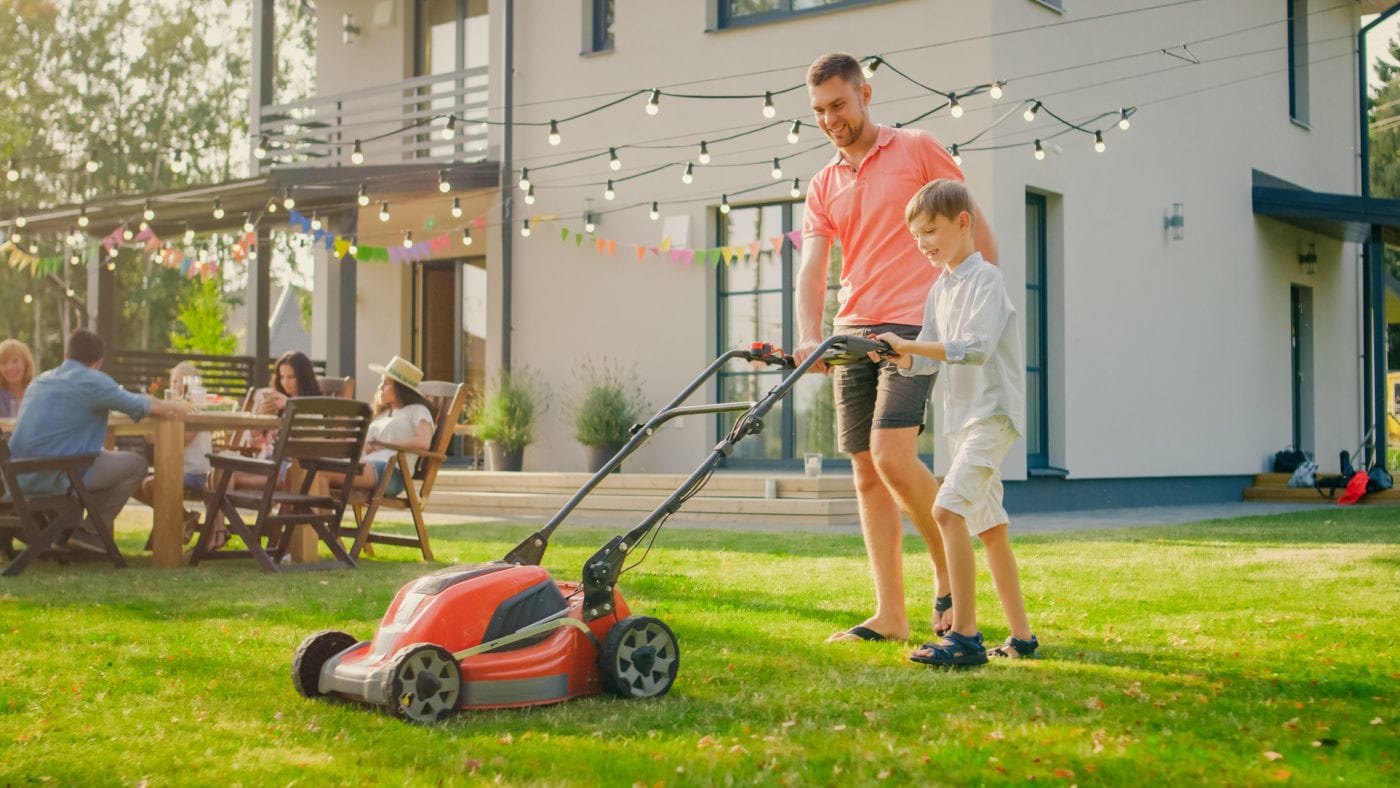As a junior in high school, my son won a state championship with his cross country team. While he’s not a naturally gifted runner, he made an impact because he learned to take advantage of hills. Where most runners would pace themselves, slowing down slightly when they hit the hill, my son would sprint. It was painful, but it gave him the edge he needed to win. He started seeing obstacles as opportunities.
Seeing obstacles as opportunities, however, isn’t natural. We’re wired to protect ourselves and our kids. But if we’re able to help our children choose courage, there are incredible opportunities to be had. Here are 5 ways to raise kids who can see obstacles as opportunities for growth.
1. Embrace emotions.
How we feel can teach us a lot about ourselves. What rises up in us when we encounter challenges? Fear? A sense of helplessness? When your children encounter obstacles, help them identify how they feel and help them process those emotions. Then work with them to develop concrete ideas for taking the next step.
2. Be quick to listen, slow to speak.
For kids to be capable of seeing obstacles as opportunities, we need to give them the space to problem-solve. This means we need to hold back when we want to jump in and give answers. The key here is to become good at asking questions and at allowing our kids the space to sort it out as much as possible before we offer advice.
3. Celebrate grit, not accomplishment.
If our children are convinced that what they have to do to succeed is win, then seeing obstacles as opportunities will be increasingly difficult. Instead, obstacles will look like threats. And when we are threatened, we tend to avoid or run rather than engage. But if we can learn to celebrate grit—the effort a person puts into a task—rather than the outcome, we can free up our children to face obstacles with much greater certainty that it will turn out OK.
4. Model healthy risk-taking.
We’ve all heard the saying “Do as I say, not as I do.” Of course, the reality is the exact opposite. Our kids are far more likely to copy our behaviors than our instructions. If that’s the case, we need to model healthy risk-taking. It might be as simple as introducing yourself to the new neighbor or talking through the process of taking a new job. It doesn’t have to be skydiving or bungee jumping. Seeing obstacles as opportunities is possible in everyday activities.
5. Debrief after success and failure.
Sometimes your kids will conquer the obstacles; other times they won’t. Debrief after the experience. Talk about what they’re learning, why they think they failed (or succeeded), and what, if anything, they’d do differently next time. Debriefing after failures or successes is a key tool in a parental arsenal to help a child interpret his or her experiences and learn from them.
Sound off: What other suggestions do you have for seeing obstacles as opportunities?











Huddle up with your kids and ask, “What’s the biggest obstacle you’ve faced and how did you overcome it?”